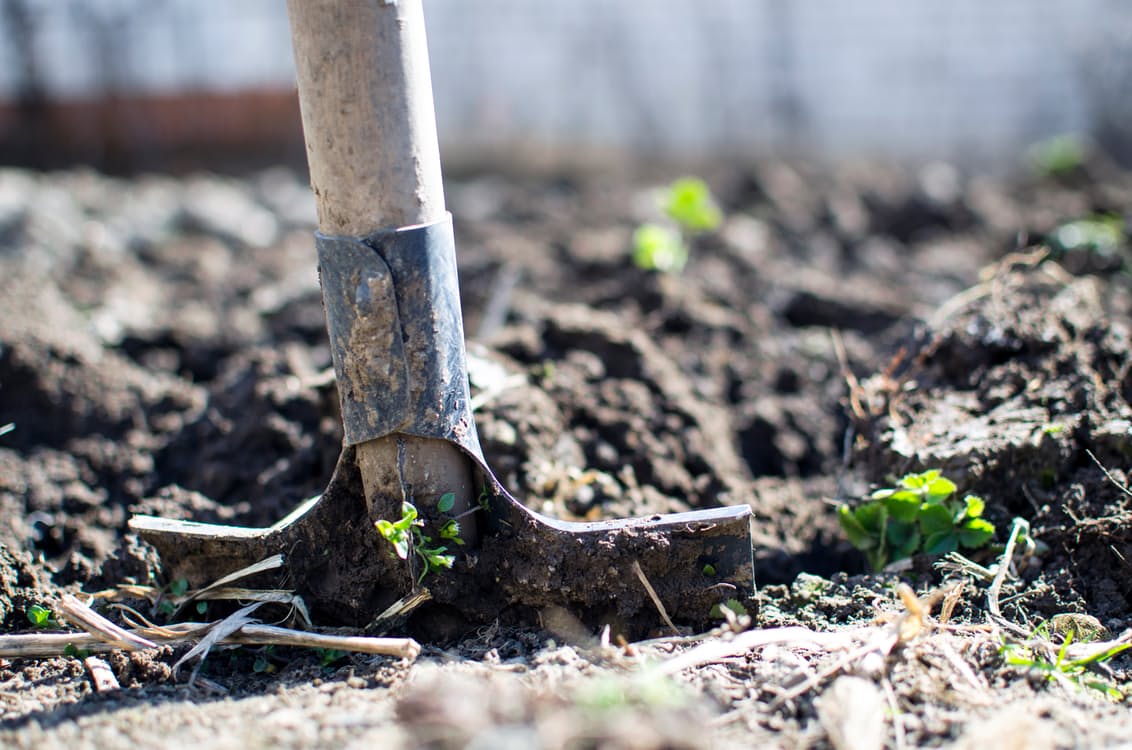Thoughts toward realizing a sustainable community garden:
Most important–
o Visit other community gardens in the area and in other regions-Learn from others
o “Institutionalization”-Make the garden an integral part of a truly sustainable community organization/entity … and over time, make it a part of a dynamic local foodshed/hub
o Steering committee-Set up a formal, hard-working, can-do steering group from a cross-section of the community
o In every way possible get the whole of the community involved-Focus on the youth, seniors, working families, various ethnicities; use community organizers/activists; have neighborhood meetings; do block-walking; put up flyers; use PSAs and the local newspaper; have garden parties, festivals; etc.
o Raise needed resources-Raise funds locally/have a donation drive for resources, equipment, supplies for the short- and long-term operation of the garden
o Expertise-Utilizing and listening to good leaders who are experts–for guidance–is critical
o Use the garden for appropriate education toward: regeneration & conservation of sustainable, resilient community-Have regular educational walk-throughs; make the garden inviting and easily accessible to the community
o Integrate community garden efforts into public school curriculum/campuses-We have to get our youth involved through ecology across curricula/campuses
o Stay on top of bermudagrass & johnsongrass challenges-When more nutrients and water are introduced, these are major competitors
o Utilize good organic soil tilth and nutrient-enrichment practices, and plant at appropriate times utilizing intercropping-This is the best way to manage pests
o Work toward realizing a position/office of “Community Garden Facilitator” as a city position-This will help the community gardens be more sustainable
o Utilize a tried and true process of community assessment/involvement, holistic goal-setting, strategic planning, policy development, action planning, continuing assessment, replanning-There is plenty of help “out there” for this
o Spread the planning, decision-making, and work load of the garden across the community-Don’t make it onerous for the few and burn folk out
o But jump in and get started!!!-There are always excuses for procrastinating, and the plan/system for the community garden will never be perfect. “Fix it” over the long-term.
Less important???–
o Start with easy crops which can feed lots of people-Turnips, radishes, greens, beans, basil, cilantro, dill in the cool seasons and okra, Vigna beans/peas, Tatume squash in the warm seasons
o Make the garden aesthetically attractive, and attractive to a cross-section of community-Use raised beds, rocks, benches, kiosks, labeling of crop plants and associated plants, signage dealing with: nutrients in crops, possible uses, and appropriate harvesting/processing/storage/preparation
o Incorporate animals-Chickens, grazers and browsers, pigs (Animals make the garden operations more challenging, but kids really love animals.)
o Try to employ cover crops, rotational schemes, trap crops, crops/plants which are good habitat for beneficial arthropods-Biodiversity is good!
o Attempt to go no-till-This will allow for: appropriate soil microbial/macroinvertebate sustainability, mycorrhizae, nitrogen fixation, build-up of organic matter, tilth, moisture
o Have kitchen facilities associated with the garden(s)-Produce, but also teach how to utilize
o Employ rainwater catchment systems-We will have more droughts in the future
o Try eating some of the insects/quelites/”weeds” produced on the crops-If you can’t beat them, eat them!
o Build a safe, healthy and sanitary composting toilet for garden worker-/visitor-/community-use, and for recycling beautiful nutrients
o Plant perennials (pecans, fruit trees, herbs, asparagus) for a more long-term contribution to the local foodshed
o Begin to measure energy flux and material flow of the garden-These and other sustainability indicators–ecological (psychological, social, political, economic)–are necessary if we are going to be able to goal-set, plan, set policy, take action, assess and replan toward sustainable community!
